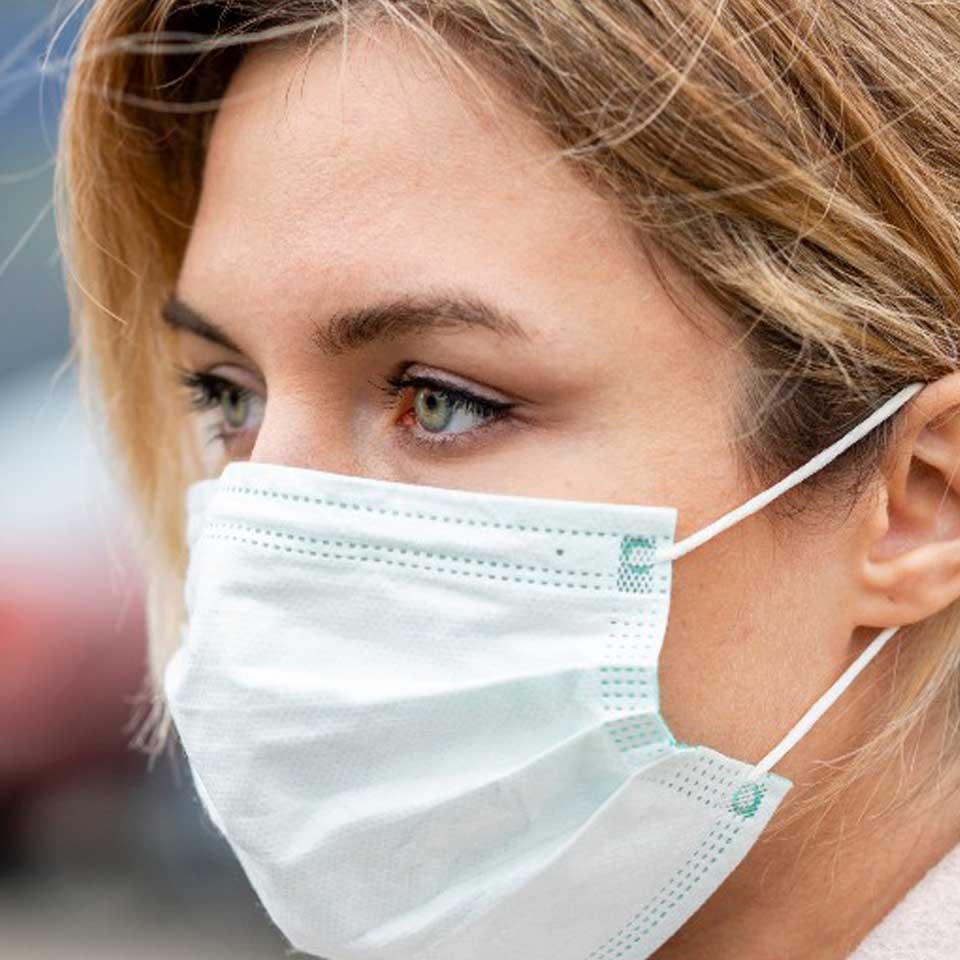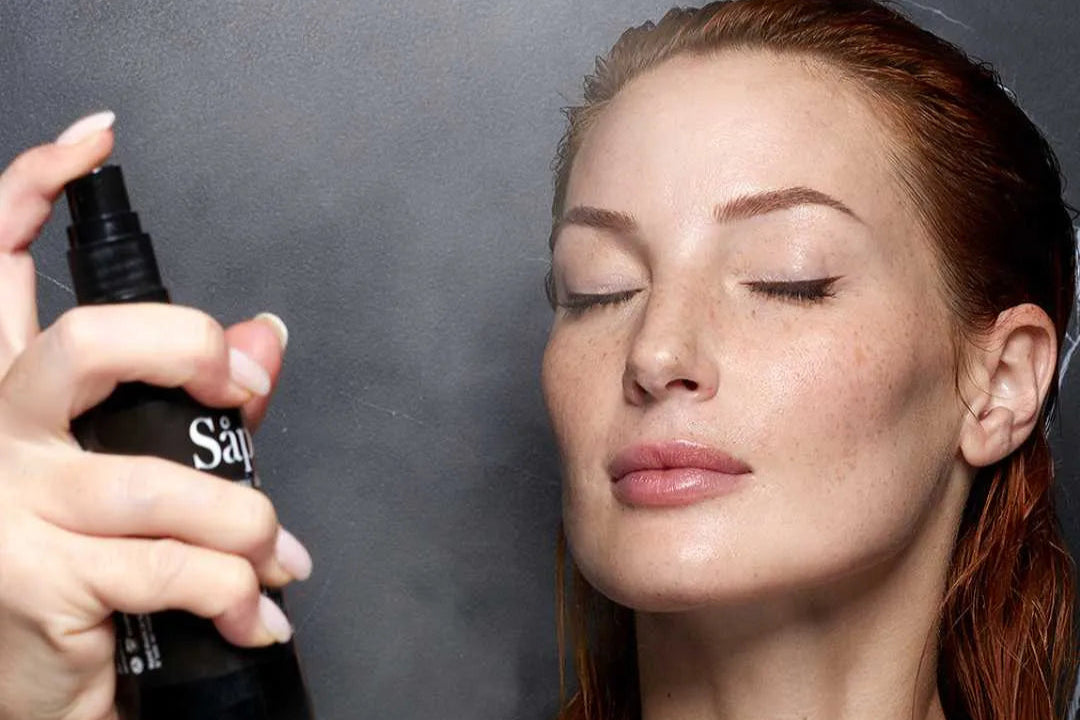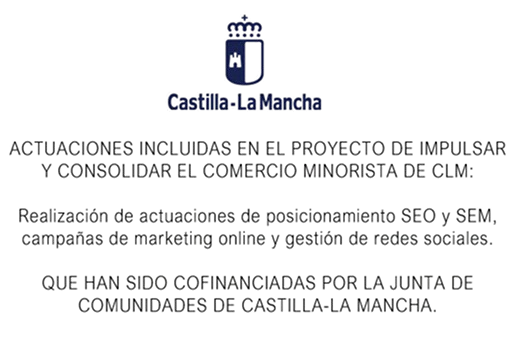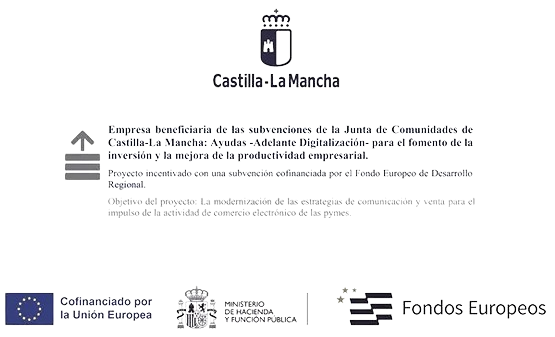Are you a victim of greenwashing?
You've probably heard the term "greenwashing" or its counterparts: "greenwashing," "whitewashing," "whitewashing," many times, but do you know what it means?

The definition tells us that it is a set of business practices that many companies employ with the aim of boosting their sales, increasing profits, improving their image, and gaining acceptance among consumers through a key argument: selling natural or organic products, without actually implementing sustainable management.
That is, it refers to the marketing of those companies that sell their products as sustainable, natural, or ecological, even though they are not , since in reality they are just as polluting as they were before promoting their "commitment to the environment."
Greenwashing is an increasingly common practice among large companies, and it is becoming increasingly difficult to identify.
Companies have realized that more and more consumers are demanding that companies be environmentally friendly, and they have simplified it with "green sells."
Have you ever considered whether you have fallen into greenwashing ?
If you want to know more, to be able to identify this bad practice, and if you are interested in using ecological products, this article will help you see more clearly what greenwashing is.
History
In the 1960s, a revolutionary movement began to take shape, focusing on peace, love, and love for the Earth, and environmental protection began to gain importance. It was then that the first advertisements began to show us how green companies were, even if they weren't.
In the 1980s, after several natural disasters, environmental protection gained momentum and its importance has grown over the years.
In the 1990s, the United Nations Conference in Rio de Janeiro (1992) began to promote Sustainable Development as a duty of the entire planet. A global agreement was signed to reduce emissions, although it could have been more ambitious, as it did not directly blame polluting industries. But that is a different topic, one that would provide dozens of articles.
In the 21st century, more and more international conferences and national, regional, and local initiatives are emerging with great force, and companies are increasingly using greenwashing to try to confuse us.
Sustainability has long been discussed in the automotive sector, or in the field of cleaning products, but today it affects every sector, and of course, cosmetics as well.
How does greenwashing occur in the cosmetics world?
Making a cosmetic appear neither sustainable nor natural is easier than it might seem at first glance. Marketing departments play on consumer perceptions when purchasing a product. To do so, they employ a series of deceptive strategies, such as:

- Use words like “ sustainable, eco, natural, organic, green, bio, or verde.”
- Use shapes, drawings or photographs of plants, flowers or fruits.
Consumers perceive these brands as natural, and they may use some natural ingredients, which is what they claim on the front of the label. However, a single ingredient does not make the product natural, since most of the ingredients they use are entirely synthetic, hence the importance of knowing how to read the ingredient list.
5 tips to recognize it
Based on our experience in natural and organic cosmetics, we urge you to "turn the bottle over" to read the ingredients and not be misled by the natural perception given by the packaging and the keywords used specifically.
As consumers, we must go further, so we present this list of five tips to recognize greenwashing and know what you're buying:
1.-Turn the bottle over and carefully read the labels and ingredients of cosmetic products, since they contain the real information about them. Remember that the ingredients are listed from highest to lowest percentage in the formula, that is, the first ingredient that appears on the list is the one that has the greatest quantity in the product.
2. Don't believe misleading claims. "Made with 100% natural argan oil." You buy it thinking it's a 100% natural product, only to get home and read the ingredients and see a long list of ingredients you don't even know what they are. Indeed, argan is 100% natural, but not all of the product you're buying.
3.-Look for the “official seals” that guarantee that the products are truly natural .

Our cosmetics, for example, are endorsed by:
- PETA.org certified, which guarantees plant-based origin and animal testing.

- The "Eco Plus" seal from Bio Vida Sana, which guarantees the highest percentage of organic active ingredients, or the seal from Bio-Inspecta, the Swiss certification body that guarantees our products are toxin-free. Here's more information about the official seals.

4. Know the meaning of the terms: Brands that greenwash use empty or complicated words, without explaining the meaning to their consumers, either on their labels or on their websites. In some cases, finding the list of ingredients (INCI) is a very complicated task. If it's not published, be suspicious. You can see the following list of endocrine disruptors that you should avoid in your cosmetics .
5. Don't believe environmental commitments: check that the product doesn't contain synthetic ingredients, plastic packaging, animal derivatives, etc. Look for the percentage of organic ingredients the product contains; the higher the percentage, the greater the environmental commitment.
 The ethics of many brands are conspicuous by their absence, as investors call the shots, and they seek out cheap, filler ingredients to formulate at the lowest possible cost. If they only contain a few plant extracts or ingredients, they're marketed as natural, but they aren't if they don't contain at least 95% natural ingredients . The remaining 5% must be considered non-toxic.
The ethics of many brands are conspicuous by their absence, as investors call the shots, and they seek out cheap, filler ingredients to formulate at the lowest possible cost. If they only contain a few plant extracts or ingredients, they're marketed as natural, but they aren't if they don't contain at least 95% natural ingredients . The remaining 5% must be considered non-toxic.
It's difficult to know the quality of many ingredients, so we recommend purchasing certified cosmetics to ensure they don't contain any harmful toxins.
Big cosmetics companies can always disguise a product and make it look natural, environmentally responsible, or socially just.
They play with language, with thousands of euros invested in advertising campaigns in magazines or even television commercials, the power of images, and, above all, our willingness to believe their messages. Because who doesn't want to believe in the beautiful messages that sleeping will reduce inches, that our damaged hair will repair itself in a minute, or that our wrinkles will disappear in an instant?
Knowing what you know now, are you going to let yourself be fooled?
It's normal to have doubts, so ask, investigate, and don't settle for what you're told.
Enjoy a great eco-friendly experience. Look for the asterisks that identify each ingredient, check the percentage of organic ingredients in your products, and do your part to take care of yourself and the planet with authentic certified organic cosmetics.
You can follow us on social media and sign up for our newsletter , if you haven't already, to continue receiving articles that empower you to make decisions.








